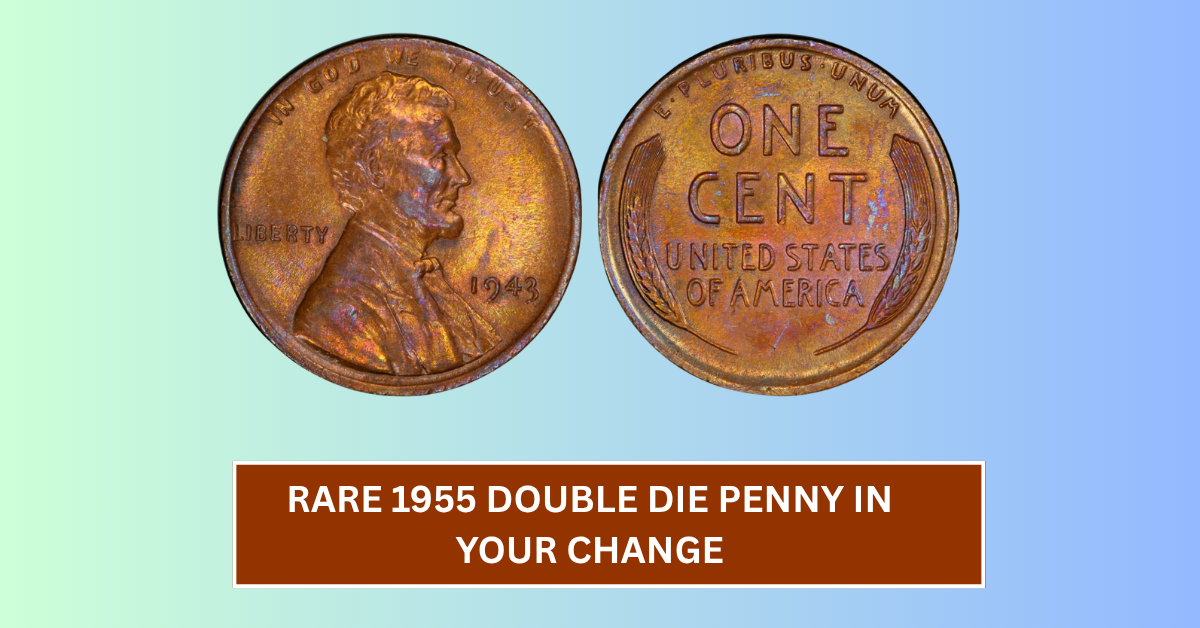In 2025, many parents in the UK could receive up to £1,767 in financial support from the Department for Work and Pensions (DWP). This benefit comes under the Child Benefit scheme, which helps families with the rising cost of raising children. If you’re a parent or guardian, it’s important to know how this works, who can claim, and what steps you need to take.
Let’s break it all down in simple terms so you don’t miss out.
What is Child Benefit?
Child Benefit is a monthly payment offered by the UK government to help with the cost of raising children. It’s paid by the DWP to eligible parents or guardians.
You can claim it if:
- You’re responsible for a child under 16
- Or under 20 if they stay in approved education or training
It doesn’t matter whether you’re employed, self-employed, or unemployed. If you qualify, you get the money.
How Much Can You Get in 2025?
Here’s the breakdown of how the £1,767 figure comes into play in the current 2025 rates:
- Eldest or only child: £25.60 per week
- Each additional child: £16.95 per week
So for one child, the yearly total is:
£25.60 × 52 weeks = £1,331.20
For two children:
£25.60 + £16.95 = £42.55 per week
£42.55 × 52 weeks = £2,212.60 annually
That’s where the £1,767 comes in for a family with just one child – and it can be even more if you have more kids.
Who Can Apply for Child Benefit in 2025?
You can apply if:
- You’re responsible for a child
- The child lives with you most of the time
- You live in the UK
It’s usually one parent or guardian who receives the payment, and it’s normally the person who spends the most time with the child.
Even if you earn a high income, you can still apply, but there’s something you need to be aware of – the High Income Child Benefit Charge (more on that below).
What is the High Income Child Benefit Charge?
If you or your partner earn more than £60,000 a year, you’ll have to pay back some or all of the benefit through a special tax charge.
Here’s how it works:
- If you earn between £60,000 and £80,000, you’ll pay back part of the benefit
- If you earn above £80,000, you’ll pay it back completely
Still, it might be worth claiming even if you have to pay it back. That’s because:
- You get National Insurance credits which count towards your State Pension
- Your child gets a National Insurance number automatically when they turn 16
So, many parents choose to claim and then repay through taxes, just to keep these long-term benefits.
How Do You Apply?
You can apply online on the HMRC website or by filling out a paper form called CH2. If your child was just born, register their birth first, then apply for Child Benefit as soon as possible.
The process is simple:
- Register the birth
- Fill in the Child Benefit form (CH2)
- Send it to the Child Benefit Office
You should receive your first payment within 8–12 weeks.
Can Non-UK Citizens Claim Child Benefit?
Yes, in some cases.
If you live in the UK but are from another country, your eligibility depends on your immigration status and whether you have the right to reside. It’s best to check with HMRC or seek advice from a benefits advisor.
Why Should You Claim Even If You’re Not in Urgent Need?
Even if you don’t urgently need the money now, claiming Child Benefit has long-term value. Here’s why:
- It helps protect your State Pension if you’re not working
- It ensures your child is on record for a National Insurance number
- It can be a lifeline during future financial challenges
Many parents forget that it’s more than just monthly cash – it’s a part of your family’s financial safety net.
Final Thoughts
Raising children is expensive, and every bit of support helps. The DWP’s Child Benefit scheme offers real financial help for parents, whether you’re a first-time mum or dad or managing a large family.
In 2025, getting £1,767 per child over the year can go a long way toward helping with school supplies, clothing, food, and day-to-day costs.
So, if you haven’t already, check if you qualify and submit your application. A little effort today can bring in steady support for the whole year.

















Leave a Reply